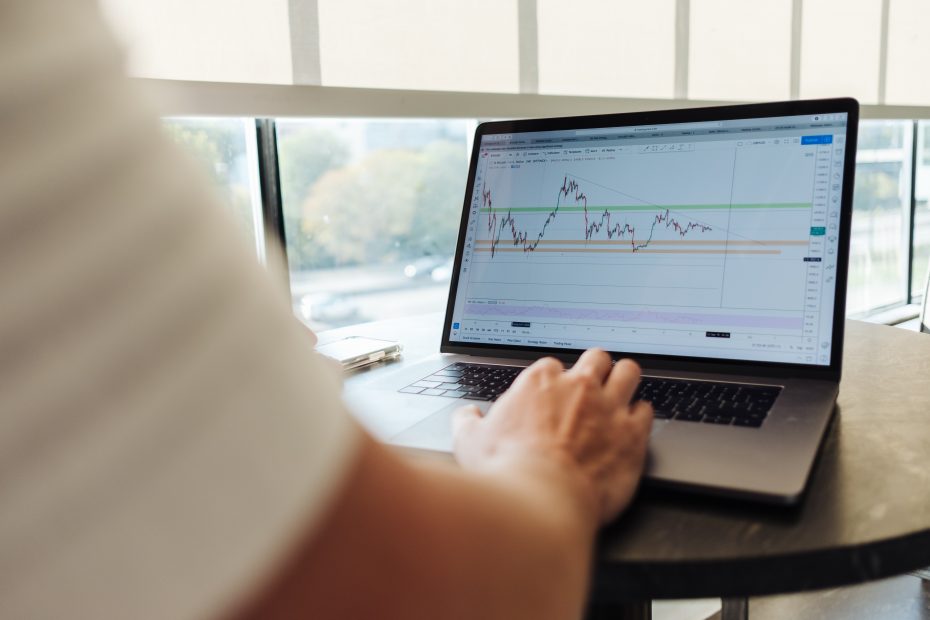An Alternative to Traditional Mutual Funds
Exchange traded funds (ETFs) are funds comprised of a basket of securities that track an index, a specific market or industry sector. In that respect ETFs are somewhat similar to traditional mutual funds but there is a twist.
Exchange Traded Fund (ETF) Basics
Unlike mutual funds, ETF shares trade like stock on the national exchanges. The shares can be bought and sold during market hours just like shares of stock. Share prices typically remain close to the net asset value (NAV) based on the underlying securities but can sometimes sell at a small premium or discount to the NAV.
Types of ETFs
The majority of these funds track popular stock market indexes like the S&P 500 and the Dow Jones Industrials average. But since first appearing on the investment scene, there are now exchange traded funds that track just about any asset class that has an associated index.
Bond, commodities, real estate and gold ETFs are all now available. There are also foreign market and emerging market funds making it possible to diversify a portfolio beyond just U.S. markets.
ETF Advantages and Disadvantages
There are a number of advantages in becoming an exchange traded fund investor whether these securities are compared against mutual funds or shares of individual stocks.
- Easy Diversification: A well-rounded, diversified portfolio can be put together quite easily using exchange traded funds. They are also quite useful for plugging holes in a portfolio. For example an investor who wishes to add mid-cap stocks to his asset allocation, could purchase one of the ETFs that tracks a mid-cap index. This one fund would allow the investor to benefit from the instant diversity and would provide a hedge against the volatility that might occur from owning shares of only one or two individual mid-cap stocks.
- Broad Market Exposure: These funds can be selected to provide broad exposure to the whole universe of securities within a specific market, sector or industry.
- Cost Less: Because exchange traded funds are indexed securities and are not actively managed, the expenses they charge investors are much less. The expense ratio for an ETF that tracks the S&P 500 is typically in the range of .12% while a mutual fund tracking the same index would likely charge something closer to .30%. Even small fractional amount differences like that can add up for an investor over-time, making an investment either more or less profitable. Some funds that track more specialized, narrower indexes may have expense ratios closer to 1% but by the same token, many mutual funds have expense ratios as high as 2%. So as a rule, expenses of owning an ETF are generally always less than those of a comparable traditional mutual fund.
- No Account Minimums: Some mutual fund companies require as much as $2,000 to $5,000 to open an account before shares of their funds can be purchased. Not so with ETFs. They are bought and sold every day the markets are open and available for purchase in any number of shares desired. All that is needed is a regular brokerage account.
- Tax Efficiency: ETFs are recognized as being more tax efficient than mutual funds since the underlying securities are not traded as frequently as are many managed mutual funds and thus, capital gains are not passed on to the investor. Generally capital gains taxes become due only after ETF shares are sold at a profit.
No security is perfect. Even an investment product with all the advantages that ETFs have, does have disadvantages.
- Transactions Costs: Since the funds trade on major exchanges like stocks, brokerage commission fees are incurred whenever shares are bought or sold. Since investment expense must be minimized as much as possible, ETFs do not lend themselves as well to dollar-cost averaging by investing small amounts on a regular basis. Here mutual funds have the advantage since they can be purchased directly from the fund companies without any transaction fees.
- No Automatic Dividend Reinvestment: Dividends received on the underlying securities with mutual funds are automatically reinvested at no cost for the benefit of investors. Such is not an option with exchange traded funds. The dividends received are simply deposited in the investor’s brokerage account and to reinvest them an additional transaction cost must be paid.
Overall, the advantages of these funds out-weigh the disadvantages and there are even ways to minimize the disadvantages making ETFs even more attractive. These funds are liquid, tax efficient and one of the least expensive investments that can be found in terms of fees.
How to Invest in Exchange Traded Funds
There are literally hundreds of different ETFs available representing almost any asset class imaginable. Good research information exists for these funds on the web at a variety of sites but one good place to start is the Exchange Traded Funds (ETF) Center at Yahoo Finance. There prospective investors can find a complete exchange traded funds list as well as wealth of good research information.
As mentioned, these funds can be purchased through any broker and only a regular brokerage account is required.
